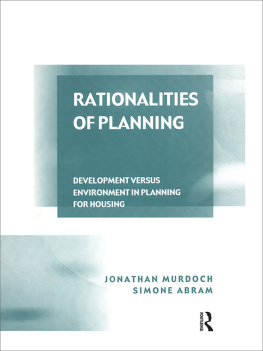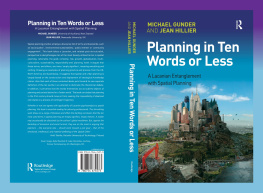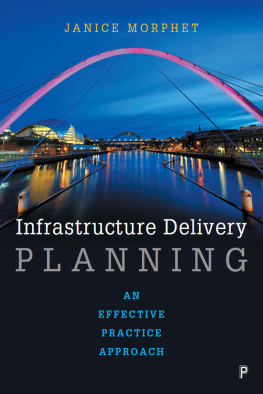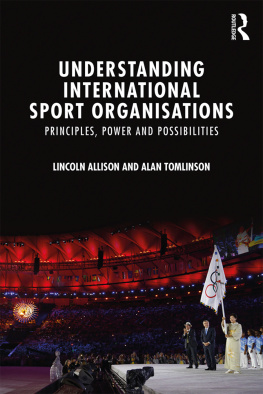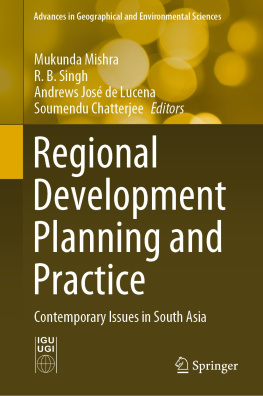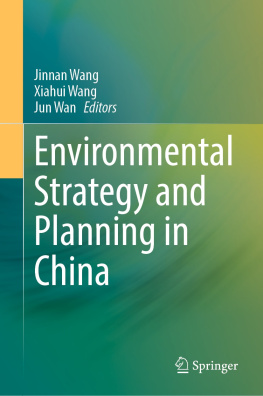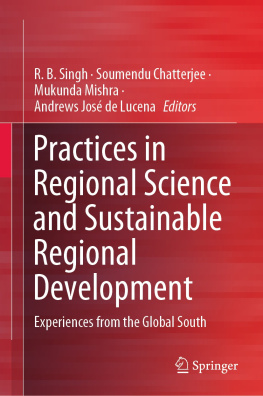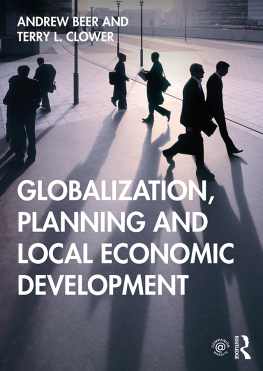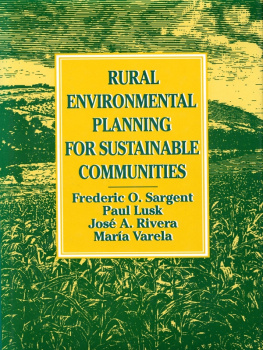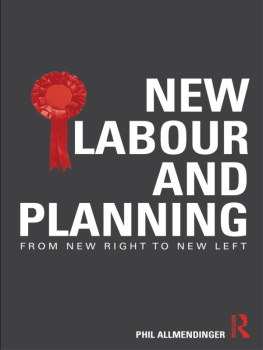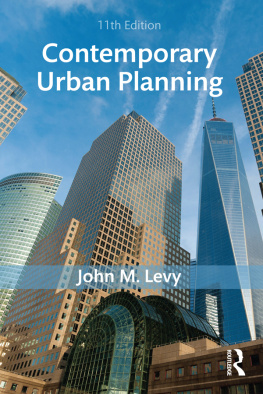Rationalities of Planning
Development versus environment in planning for housing
JONATHAN MURDOCH
Department of City and Regional Planning
Cardiff University, UK
SIMONE ABRAM
Department of Town and Regional Planning
University of Sheffield, UK
First published 2002 by Ashgate Publishing
Published 2017 by Routledge
2 Park Square, Milton Park, Abingdon, Oxon 0X14 4RN
711 Third Avenue, New York, NY 10017, USA
Routledge is an imprint of the Taylor & Francis Group, an informa business
Copyright Jonathan Murdoch and Simone Abram 2002
All rights reserved. No part of this book may be reprinted or reproduced or utilised in any form or by any electronic, mechanical, or other means, now known or hereafter invented, including photocopying and recording, or in any information storage or retrieval system, without permission in writing from the publishers.
Notice:
Product or corporate names may be trademarks or registered trademarks, and are used only for identification and explanation without intent to infringe.
British Library Cataloguing in Publication Data
Murdoch, Jonathan
Rationalities of planning : development versus environment
in planning for housing
1. Housing - England
I. Title II. Abram, Simone
363.50942
Library of Congress Control Number: 2001096372
ISBN 13: 978-1-84014-929-6 (hbk)
We are would like to thank the Economic and Social Research Council for sponsoring the two research projects - Exclusive Space: networks of participation and forward planning, as part of the Local Governance Initiative (1994-1995), and Planning as Metaphor: mediating aspirations for community and environment (1996-1997) - which are reported in this book. We would also like to acknowledge the assistance of Terry Marsden who worked with us on the first of these projects. Most gratitude, however, must be extended to the research respondents in Buckinghamshire who gave so generously of their time, knowledge and hospitality. These respondents include planners at Buckinghamshire County Council and Aylesbury Vale District Council, participants in the Buckinghamshire Structure Plan review process, and the people of Haddenham. We would like to extend particular thanks to Chris Kennenford and Doug Bamsey who, on a number of occasions, answered our many (tiresome) questions with great patience. Our thanks are also due for the hospitality of the Buckinghamshire County and Aylesbury District councillors who accepted our presence at numerous meetings, and gave generously of their time in response to our requests. We should also particularly like to thank Renee and Mick Maguire for their unfailing generosity and friendship, and our friends in the Haddenham Village Society, the Protection Society, the Parish Council, the Haddenham Badminton Club and the many other villagers who made this study possible.
Chapter 1
Planning and the Governance of Growth: Theories and Issues
Introduction
Access to a dwelling, to a place to live, is a fundamental human need. For this reason, housing is a public good, one which should be available to all. Yet, in England in recent times, housing has become a source of great conflict: instead of being perceived as a good, for many it is a form of pollution, one that emerges in the shape of unsightly blots on the landscape. A profound ambivalence about housing has thus embedded itself in many areas of political and social life, so that the assumed benefits of housing provision have come to be challenged. One consequence of this challenge may ultimately be shortages of housing for those citizens that need them most.
In part, ambivalence around the meaning and status of housing can be seen as the inevitable consequence of the UKs population density (which stands at 241 people per square kilometre, compared with 30 in the US and 107 in France) leading to growing numbers of households competing ever more fiercely over a diminishing land resource. Clearly, the pressure for new housing that stems from higher numbers of (smaller) households on these rather cramped islands is a key factor in explaining changing perceptions of housing and house building. It should be noted, however, that conflicts around housing land are most intense not in areas which already contain large numbers of houses - e.g. urban areas - but in places where there are the least numbers of new houses - e.g. rural areas. Housing development is especially unwelcome in the most environmentally rich locations; yet, these locations are the ones where demand for houses is highest.
The use of the countryside for new houses frequently provokes an outcry amongst existing rural residents (Short et al., 1986). Rural dwellers often perceive housing developers as insatiable consumers of the rural environment or, alternatively, as agents promoting a creeping suburbanisation of the countryside. They feel the incursion of new housing will inevitably lead to the destruction of rural environments and communities. The development of new housing is, therefore, something to be resisted, for it seems to violate the settled and tranquil nature of the rural realm (Matless, 1995). Newspapers now regularly feature stories about local action groups and their campaigns against new housing development. To take just one example,

